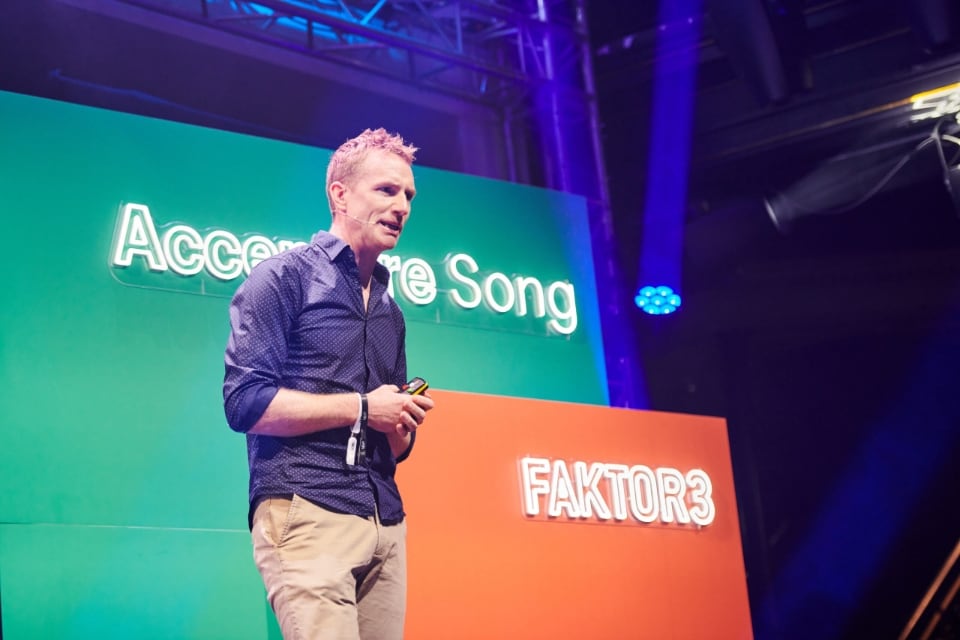A Citizen Future, rooted in the deep truth that all of us are smarter than any of us, is still possible.
Time to Citizen
About Jon
Strategist
I help leaders who understand the scale of the transformation we need and are willing to play their part. Drawing on my connections to community power movements across the world, and my deep understanding of cutting edge participatory approaches, I help politicians, changemakers and executives from every sector and across the world open up their organisations and be part of the change.
Storyteller
I have spent the last decade tracking the emergence of the Citizen Future in every sector and across the world, and telling the stories I discover. I do this so that those who are building this future know they are part of something bigger, and so those who need to open the doors of power can see what’s possible. I am a regular speaker at major conferences around the world, and host the Adventures In Democracy event series at the Conduit in London. My debut book CITIZENS won numerous Book Of The Year awards, was reviewed by the Financial Times as “an underground hit,” selected by the World Economic Forum for its CEO Book Club, and listed as one of Mckinsey’s Top Recommended books in its Summer Reading List.
Connector
The functions of strategist and storyteller mean I spend a great deal of my time moving between institutions, community groups, and social movements. My friend Jen Brandel calls people like us “interstitionaries,” writing that “our work is on all things in between – connecting insights, people and resources between sectors, industries, companies, projects and individuals.”
This is my least tangible contribution to the work of the Citizen Future; I include it here because I think it might also be the most important.




